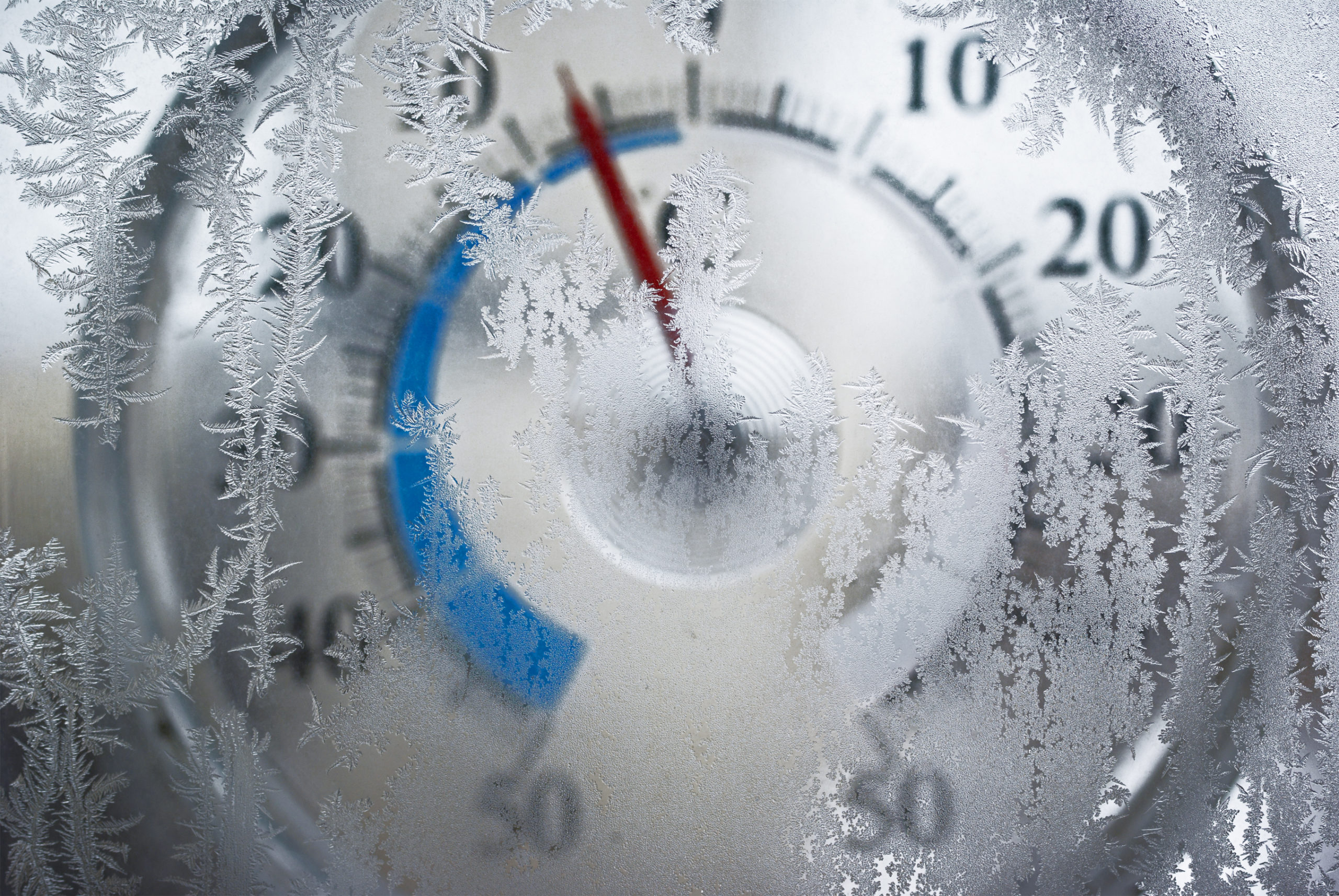Bottom Line: Despite regional variations, overall, the U.S. experienced slightly fewer heating degree days in November 2021 than the month’s 10-year average.
A heating degree day (HDD) is a measure of how cold a location is. It’s derived by comparing the average outdoor temperature to a baseline of 65 degrees. More extreme cold temperatures result in a higher number of HDDs, which typically translate to an increased demand for space heating by energy consumers.
The linked data sets detail the number of HDDs that occurred in the month of November during the past 3 years, as well as the month’s 10-year average, broken down by Census Division.
Additional HDD data can be found under the Supply and Logistics section on the Member Dashboard of NPGA’s website. For more information, please contact NPGA’s Jacob Peterson.
Related News

USDA Crop Progress Report
April 18, 2024
The U.S. Department of Agriculture (USDA) Crop Report as of April 14, 2024, shows promising developments in corn and soybean planting, crucial info...

RBN Energy Weekly Supply Update
April 18, 2024
U.S. propane inventories had a significant build of 4 MMbbl this week, putting propane inventories at 55.7 MMbbl. Total propane stocks are above th...

PERC Hosts Contest at FFA Convention
April 18, 2024
The Propane Education & Research Council (PERC) recently hosted an exciting contest at the 2023 Future Farmers of America (FFA) Convention. As ...

